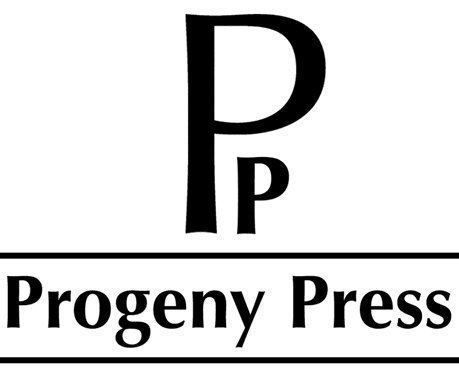Last year, Addison and Brennan used two of the Progeny Press literature guides for a review, and we were very pleased with how they worked for our family.
 The Treasure Island Study Guide suggests that the student read through the entire novel in the first week of their study. Over the next eight to ten weeks, the student can work through the study guide at a pace of one section per week. Since I was reading the book with Brennan as a read-aloud, we were not able to read it completely in a single week. Instead, we read through a section of the book over the course of a few days and then paused to discuss the corresponding questions. We spent roughly a week on each of the six sections in Treasure Island and a few additional days on the pre-reading and overview sections.
The Treasure Island Study Guide suggests that the student read through the entire novel in the first week of their study. Over the next eight to ten weeks, the student can work through the study guide at a pace of one section per week. Since I was reading the book with Brennan as a read-aloud, we were not able to read it completely in a single week. Instead, we read through a section of the book over the course of a few days and then paused to discuss the corresponding questions. We spent roughly a week on each of the six sections in Treasure Island and a few additional days on the pre-reading and overview sections.Since Treasure Island was divided into sections when Robert Louis Stevenson wrote it, the study guide follows along with those same divisions. Each part of the guide has a vocabulary assignment, factual questions about the story, a "Thinking About the Story" section, and a "Dig Deeper" section.
The "Thinking About the Story" section often introduces a literary analysis term such as mood or dialect. For one section of Treasure Island, the questions asked us to figure out which of the chapters ended in a cliffhanger. The "Dig Deeper" section typically asks the student to look up several scripture references and then answer questions about characters in the story.
Brennan and I worked through this study together. Although it is designed for middle school aged students (5th through 8th grade), Treasure Island is a bit too advanced for Brennan's reading level, especially considering the pirate dialect used throughout.
As we worked, I often found myself referring to the teacher's guide. For instance, in Part II, we were given the quote, "You're a lad, you are, but you're as smart as paint." We were supposed to give both the literal meaning and the understood meaning of the phrase "smart as paint," and I was thankful to find out that we weren't alone in thinking that it didn't make sense to favorably compare a person's intelligence to an inanimate object.
In other instances, I thought that our discussion was more complete with an outline of some points to make while answering the question. For instance, several of the questions in the materials for Part III talked about the way Stevenson changes the point of view and uses different narrators. The answer guide suggests that this change of narrator allows the author to write vividly about events taking place simultaneously. Also, the entire story becomes richer when we get to experience the action in multiple locations and get a closer look at multiple characters.
According to the way Progeny Press divides their studies on the website, it appeared as if the Treasure Island Study Guide was intended for a middle school audience of fifth through eighth graders. Brennan, my sixth grader, was not able to use this Progeny Press study guide independently. I later found that the guide itself gives a recommended grade level of seventh through tenth graders. In our case, it did work out for us to work together and discuss the topics addressed in the study guide. It would perhaps work better with an older student or with a strong reader that is already skilled at literary analysis.
All of Progeny Press's Middle School study guides cost $16.99 for an instant download of the materials. Other studies available at this level include The Lion, the Witch, and the Wardrobe by C. S. Lewis, Holes by Louis Sachar, Carry On, Mr. Bowditch by Jean Lee Latham, and others of varying difficulty.

©2009-2013 Through the Calm and Through the Storm. All rights reserved. Photos and content may not be reproduced. http://throughthecalmandthroughthestorm.blogspot.com



No comments:
Post a Comment